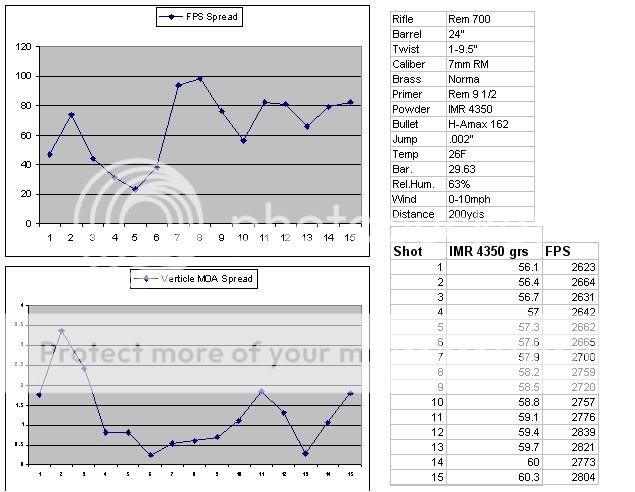I have been playing about with ladder testing and have a number of questions.
1. What distance is the most popular distance to shoot a ladder test?
200yds, 300 yds, 500 yrds, 1000 yds?
2. Single shots of a particular powder charge or multiple?
3. Charge increment?
4. With a new, unfired rifle how many shots would you run through it prior to doing a ladder test?
1. What distance is the most popular distance to shoot a ladder test?
200yds, 300 yds, 500 yrds, 1000 yds?
2. Single shots of a particular powder charge or multiple?
3. Charge increment?
4. With a new, unfired rifle how many shots would you run through it prior to doing a ladder test?

